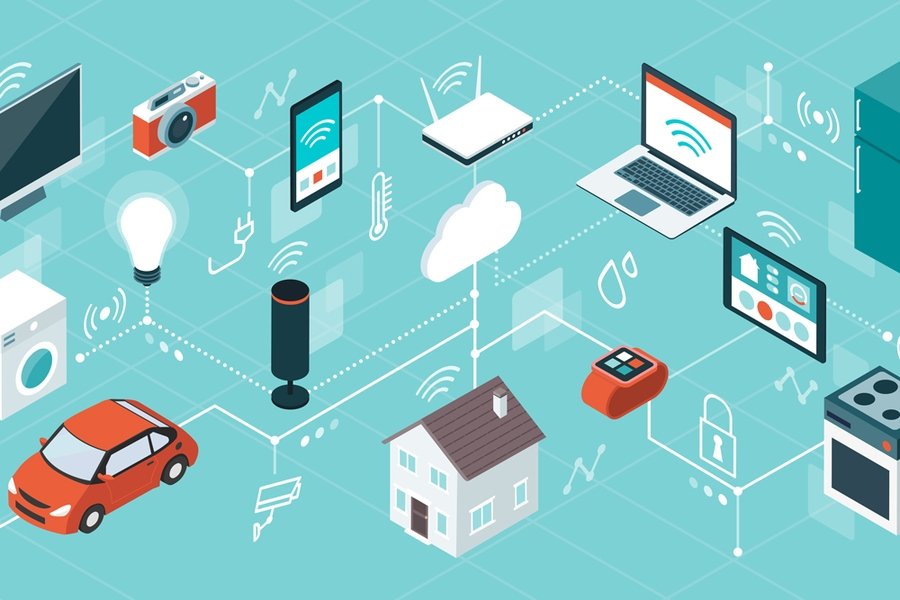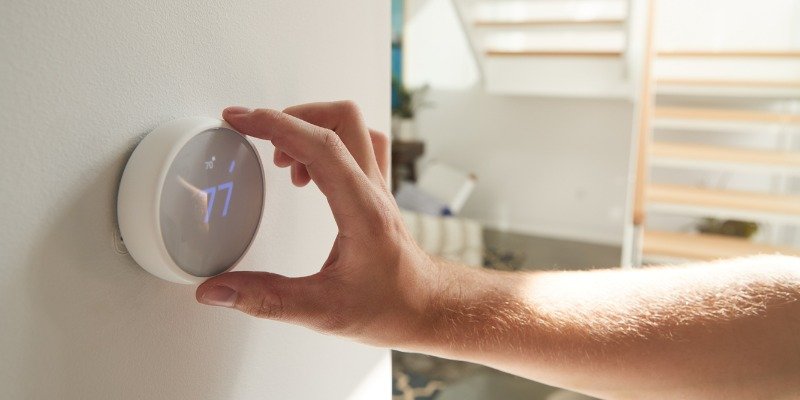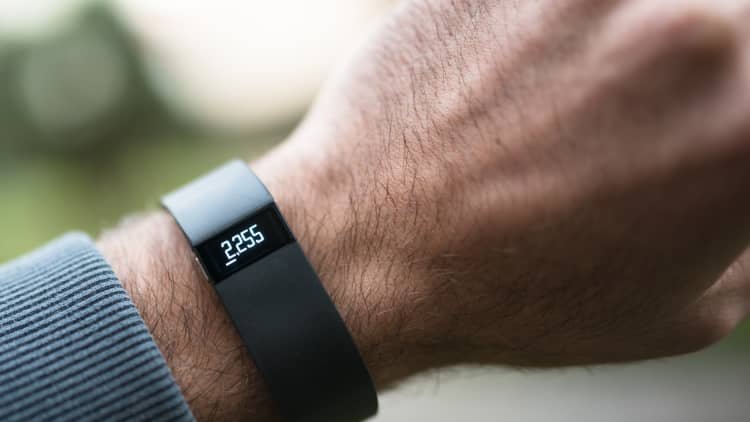Hello, design enthusiasts! Today we are going to plunge into the internet of things, better known as IoT, where your coffee maker knows your caffeine priorities more than your best friend does, and the thermostat automatically readjusts itself as if it reads your mind. This is a fascinating, and at times a quirky realm that redefines the way we think about design. Let’s get into the special challenges and opportunities we have for designing your next favorite smart gadget!

A Little Context: What’s This IoT Buzz About?
Let’s make something clear: what is this thing called IoT anyway? It is not one of those tech buzzwords one uses at parties just to sound cool. IoT is a network of connected devices that are embedded with sensors, software and other technology for connecting and exchanging data with devices and systems over the internet. That includes smart home devices, wearables, and even smart fridges-those which remind you when you are running low on kale or whatever kind of food supplies you have in there.
The Design Challenge: Keeping It Simple, Smart, and Stylish
Simplicity is basically the very key to designing for IoT. We’ve tussled with those overcomplicated gadgets that sometimes take a degree in engineering just to set up. As designers, it is our goal to make these devices intuitive for the user. Obviously, the challenge here would be in creating a balance between functionality and sleekness- nobody wants their smart fridge to look like it came out of a sci-fi horror movie.
IoT design, therefore, centers around user experience: understanding how users will relate to their devices in real life. Is it juggling their morning coffee with trying to adjust the thermostat through a rather complicated app, or softly telling your virtual assistant to set up the perfect ambiance while multitasking? It helps us, in design, to consider how real-life scenarios might best be translated into seamless, intuitive interactions that are no-pressure, natural and even enjoyable.

The Opportunity: Making Life Easier-And More Fun
Now, the bright side of IoT design: it is gold in the sense that this very technology can make our ordinary life better than we ever imagined. Consider a smart home device – it gets to know your routines and habits. When you return home, it knows your preferences and automatically adjusts the light, temperature and puts on your favorite playlist. Talk about a welcome home!
Designing Engaging Experiences
IoT opens a door to more creative, engaging experiences too. Take for example a device like the Fitbit which tracks your steps but also provides you with personalized advice for staying active. Smart gardens will tell you exactly when to water, thanks to weather forecasts. The possibilities are endless, and as designers, we have a chance to make life a little bit easier-and a lot more fun!

Fitbit Activity-Tracking Smartwatch
Sustainability: The Green Side of IoT
Lets not forget sustainability! It’s going to provide smarter means of designing devices that may lead to efficient energy use and less waste. IoT devices can monitor weather patterns to optimize their energy consumption, and provide users with tips on how to optimize their lifestyles to think more sustainably. IoT can aid us in advocating for eco-friendly practices, in a simple and user-friendly way.
Quirky Side of IoT: A Dose of Humor
Of course, everything isn’t perfect with IoT. Who hasn’t had a smart gadget misunderstand them? You know-we see you, smart speaker that played “Baby Shark” instead of your favorite tunes. As designers, we also will want to bear in mind that sometimes our devices don’t always behave like we want them to-like that friend who can’t resist turning the thermostat to “Arctic Chill” in the middle of a heat wave.
Conclusion: Embracing the Future
Designing for the Internet of Things is a great new avenue for new opportunities and challenges to overcome. It is important to design user-friendly, stylish, sustainable products that make life easier on various levels, as light as a feather.